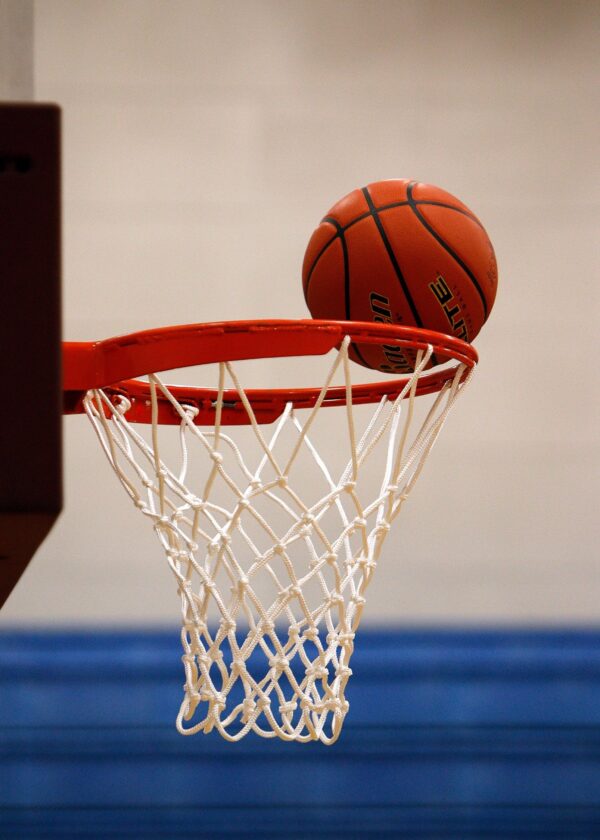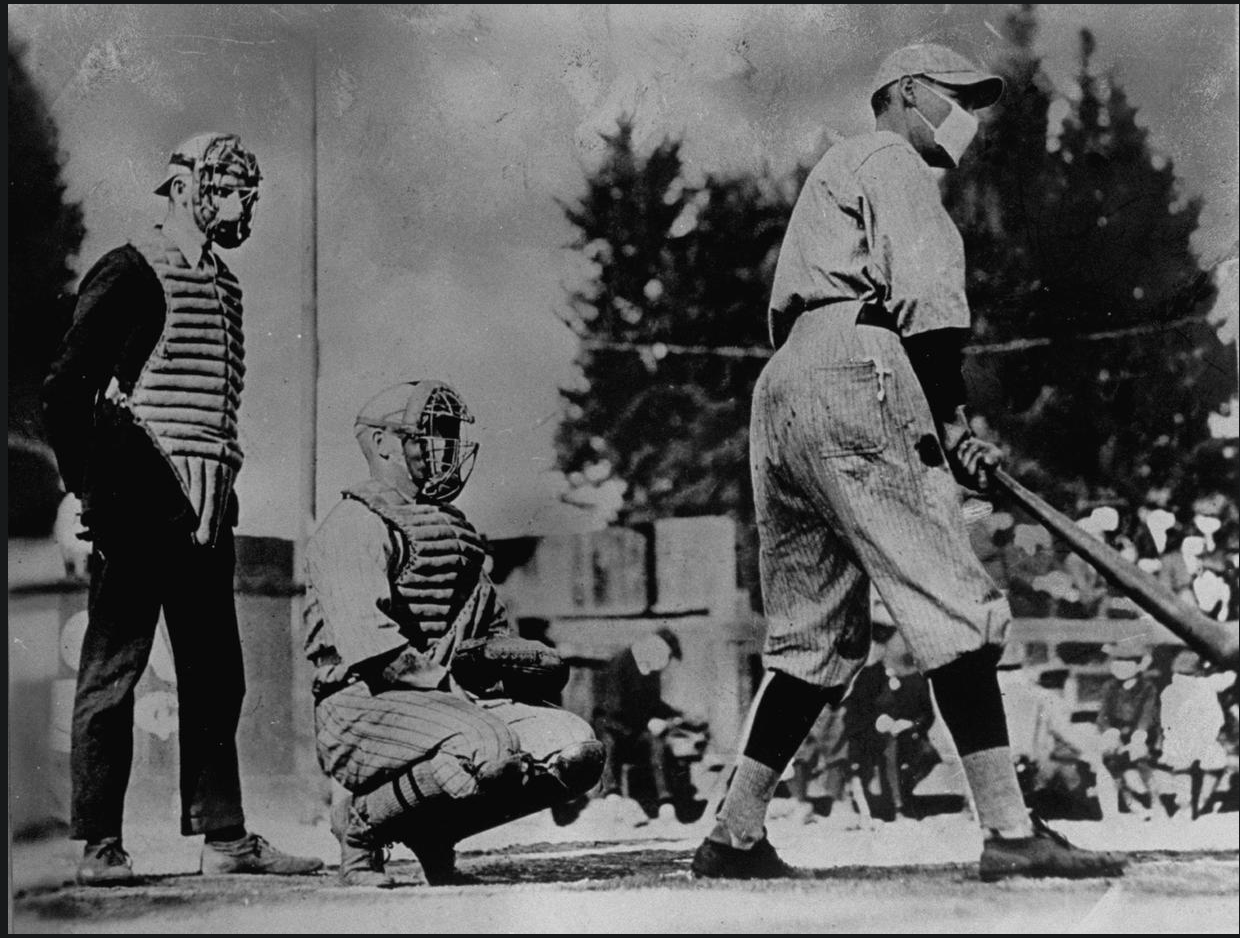By Freddie Brown, Columnist
The first time the National Basketball Association (NBA) held their annual draft outside of the United States was in 1995 in Toronto. It was the inaugural year of the Toronto Raptors and the Vancouver Grizzlies. Then NBA commissioner David Stern threw the Raptors a bone by letting them host the draft. It was probably to make up for the other NBA owners voting to deny the Canadian expansion teams an opportunity at the first pick in the 1995 1996 and 1997 drafts.
The most notable name in the 1995 draft was highschool player Kevin Garnett, picked fifth by the Minnesota Timberwolves and the only player in that draft class currently in the NBA Hall of Fame. With the sixth pick the Vancouver Grizzlies chose Bryant “Big Country” Reeves, who would be out of the league by 2001.
With the seventh pick the Raptors chose Damon Stoudamire. Boos rained down from the stands at Skydome after the Arizona point guard was selected by then Raptor’s GM Isiah Thomas. The fans desperately wanted the team to pick Ed O’Bannon who was fresh off leading his UCLA Bruins to an NCAA Championship. He was also named the College Basketball Player of the year. The Raptors made the right choice though. Stoudamire went on to be the NBA Rookie of the Year, while O’Bannon was out of the league in two years later.
Garnett may have been the most famous person to come out of the 1995 NBA draft, but O’Bannon is arguably the most influential person in that draft. Even though O’Bannon didn’t have the impact in the NBA that he probably wanted to, he had a huge impact on the NCAA. And not the kind of impact the NCAA wanted.

On March 31 of this year the Supreme Court heard oral arguments in the case of the NCAA v. Alston, an anti-trust lawsuit filed by former West Virginia running back Shawne Alston and University of California center Justine Hartman in March 2014 representing a class of former men’s and women’s college athletes.
The suit claims that the NCAA is illegally capping education-based benefits. The suit ended up in the Supreme Court because the Ninth Circuit Court in Northern California ruled last year that those benefits could be uncapped. And after losing a state level appeal, the NCAA appealed the case nationally. The NCAA had a chance to avoid this going to the Supreme court back in 2009 if they had only learned from their legal battle with O’Bannon.
In 2009 O’Bannon was watching a friend’s son play a college basketball video game when he saw himself in the game. The digital player didn’t have his name but it bore his likeness in every other way. The player was a left-handed forward on the 1995 UCLA Bruins, wore the number 31 (O’Bannon’s jersey number), was listed at 6’8” 225 pounds (the same as O’Bannon when he was college) and was bald-headed.
O’Bannon thought this was cool until his friend told him that the game cost $60 and O’Bannon wasn’t getting any money from the sales of the game. Shortly after this, O’Bannon signed on as the lead plaintiff in a case against the NCAA that was being led by former sneaker kingpin Sonny Vaccaro and a few others. The suit claimed that the NCAA violated the Sherman Antitrust Act by profiting from the use of athletes’ names and likenesses while barring athletes from any share of revenue. U.S. District Judge Claudia Wilken found that the NCAA had violated federal antitrust laws and ruled in favour of O’Bannon, but she capped the benefits athletes could receive. Judge Wilken’s ruling also sparked further legal challenges like the current NCAA v. Alston suit.
What’s at stake in the NCAA v. Alston case is the dismantling or the bolstering of the long-standing NCAA model of amateur sports. The NCAA is concerned that the power schools in the power conferences could basically buy the best talent if there were no caps on benefits athletes could receive. They believe this would put the schools in smaller divisions at a competitive disadvantage.
Alston’s lawyers argue that the smaller schools are already at a competitive disadvantage. They claim the NCAA is more interested in protecting their monopoly than protecting the rights of athletes to share in the absurd amount of profits the NCAA makes.
The NCAA has billion-dollar media rights and lucrative corporate sponsorships generated off the backs of mostly Black athletes playing football and basketball – the two largest money makers in college sports, yet the NCAA wants to cap athlete’s compensations at a free scholarship and some other educated-related expenses (like computers). From an optics point of view, it doesn’t look good.
In a Dave Zirin article on the Edge of Sports website entitled “Welcome to the Real March Madness,” there is a quote from former NBA player David West talking about the optics of the NCAA putting on this year’s NCAA Basketball Men’s and Women’s tournaments despite the COVID-19 pandemic.
West said in the article “…more than ever before the true exploitative nature of the NCAA system is on full display. There is no longer a grey area, it’s pretty clear that the players are being used to generate revenues to maintain the economic system in place that everyone benefits from financially except the players and their families.”
The NCAA basketball tournament generates more than $800 million for the organization, accounting for more than 70 percent of the NCAA’s annual revenue. The NCAA claims in court that they are an “educational venture” using amateurism for primarily “education purposes. Alston’s lawyers contend that the NCAA acts like a corporation more than an “educational charity” and shouldn’t be exempt from antitrust laws.
Had the NCAA just listened to O’Bannon back in 2009 and struck a group licensing deal with NCAA athletes, they probably wouldn’t have had to make oral arguments before the Supreme Court last month.
The Supreme Court’s ruling on the NCAA v. Alston is expected sometime this summer.




